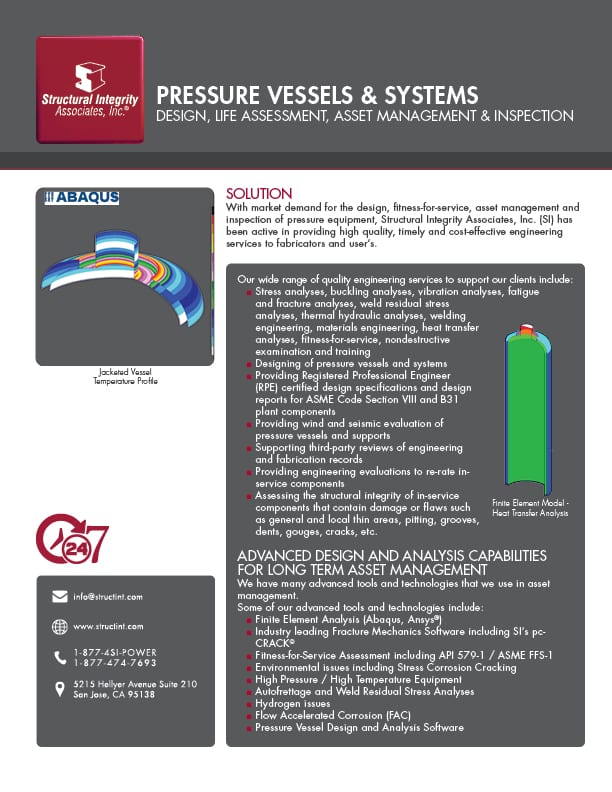

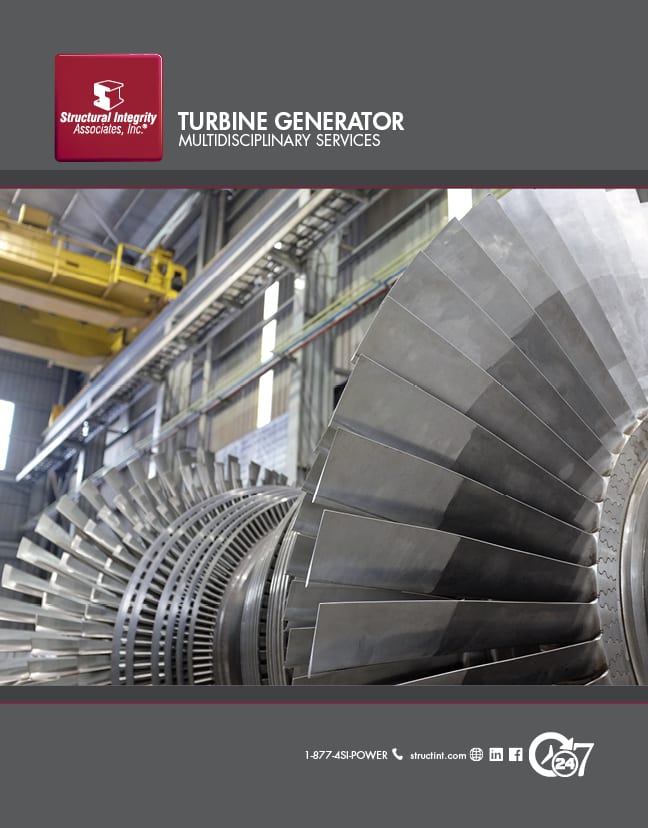
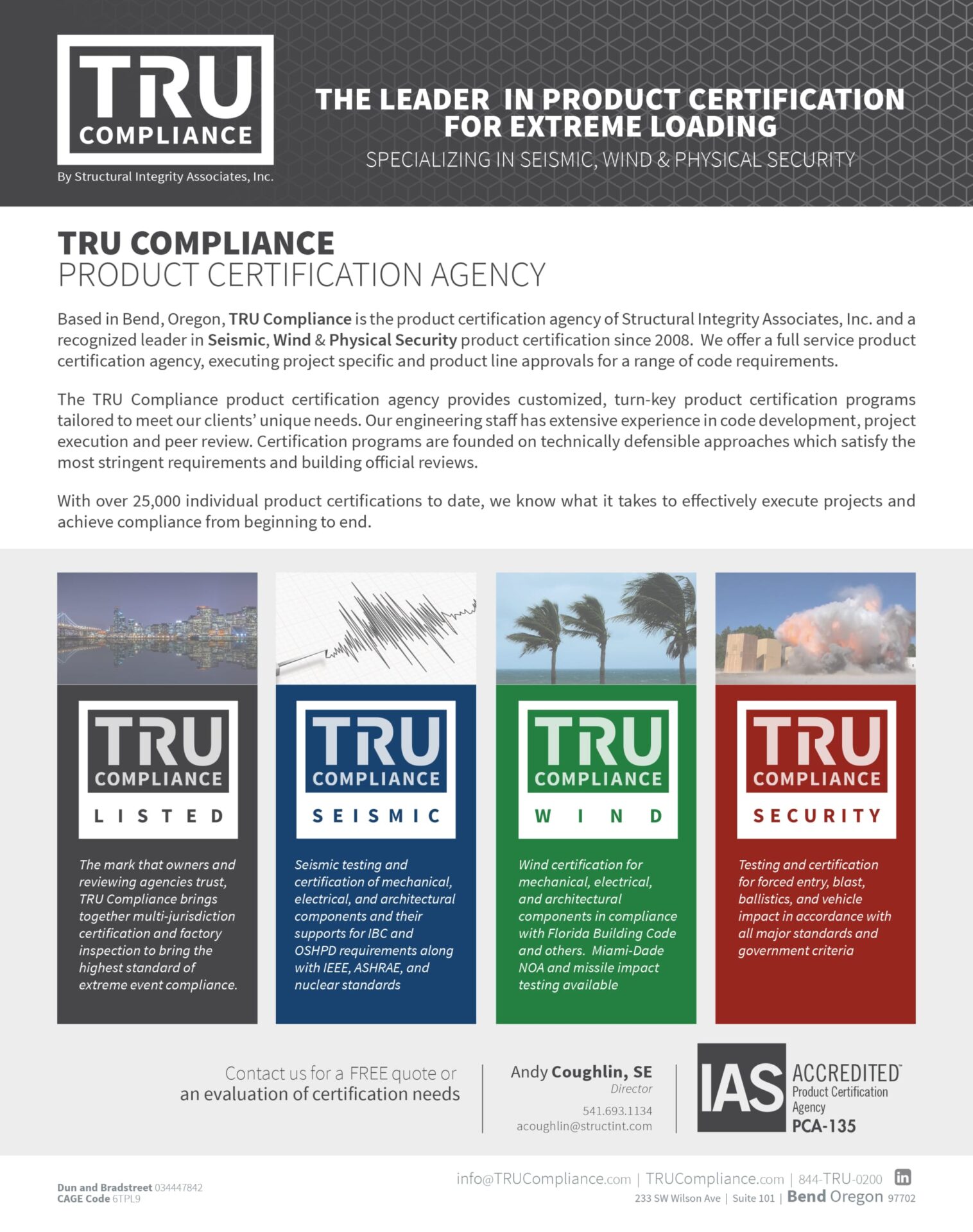
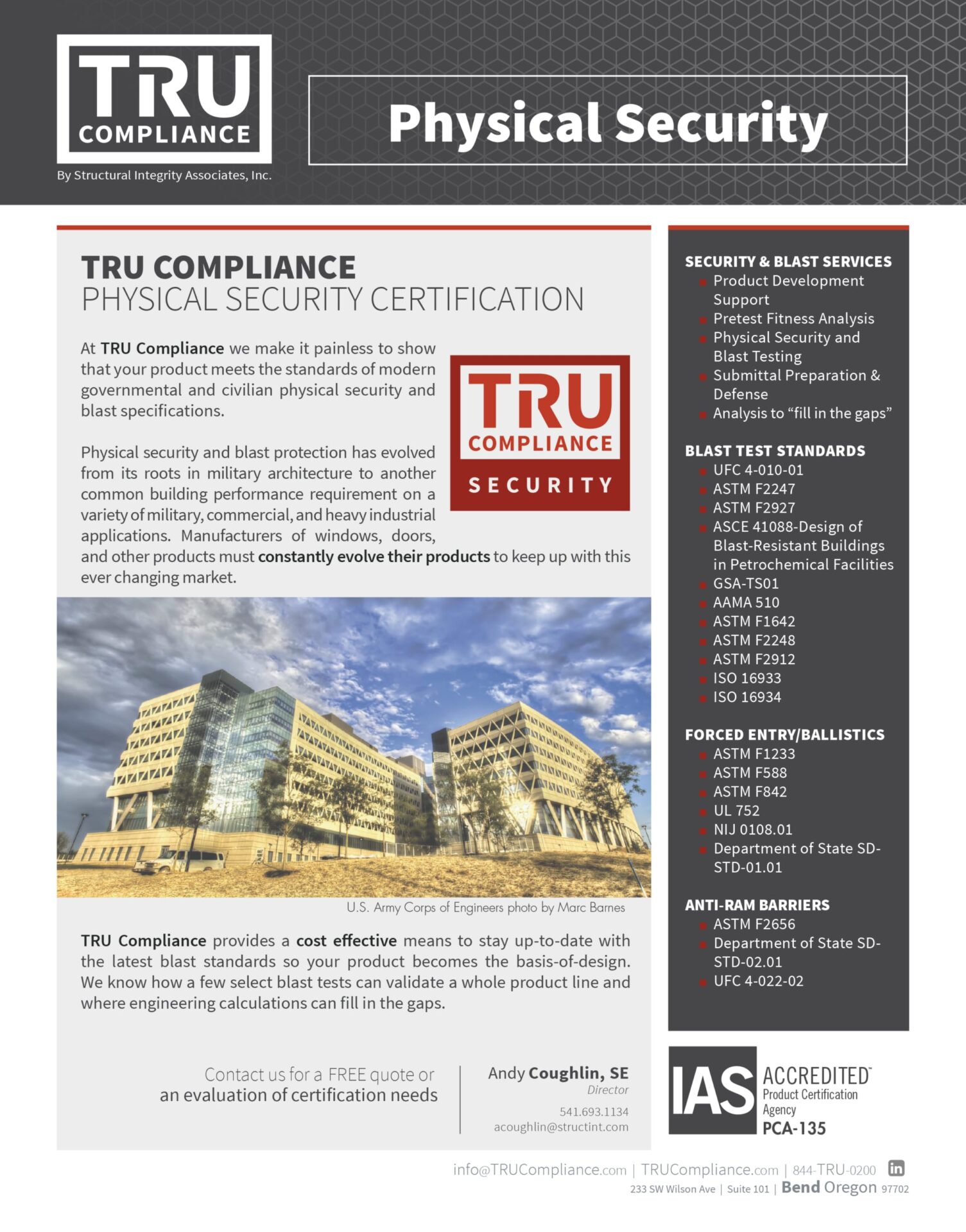
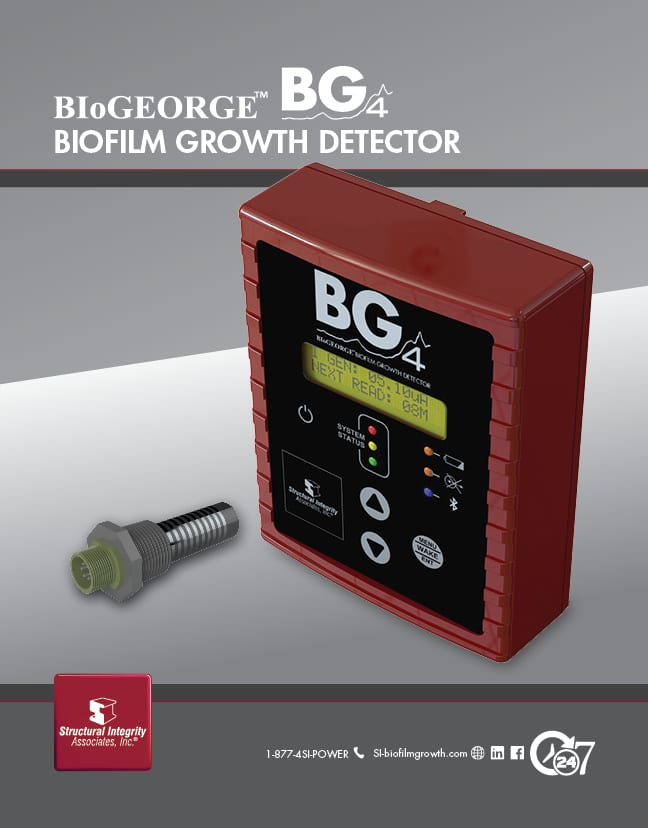
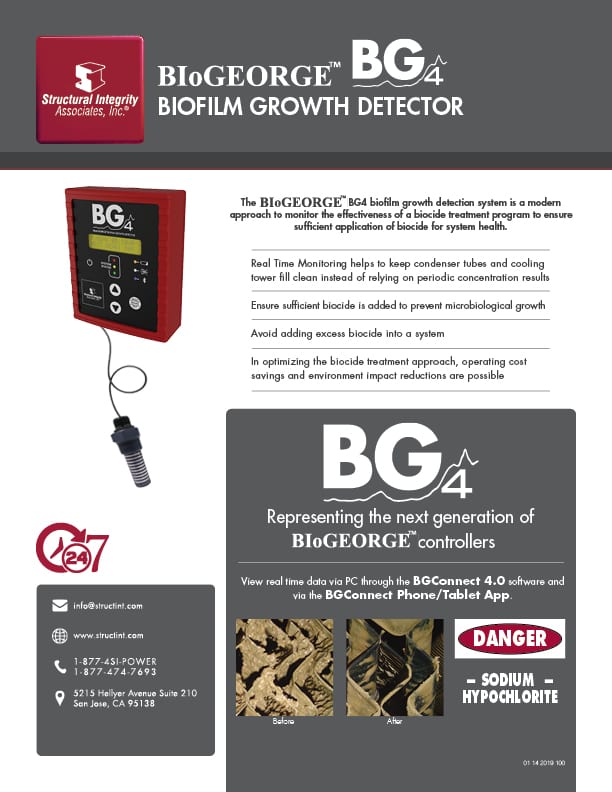

HEP Part 5 | Managing Data and Knowledge for HEP Integrity This webinar provides an
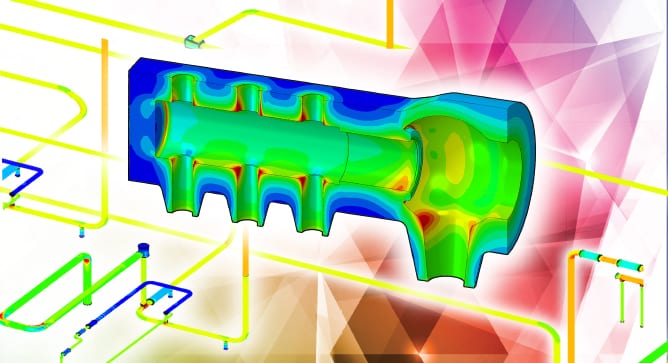
HEP Part 2 | Stress Analysis and Lifing Calculations for HEP Programs This 45-minute webinar
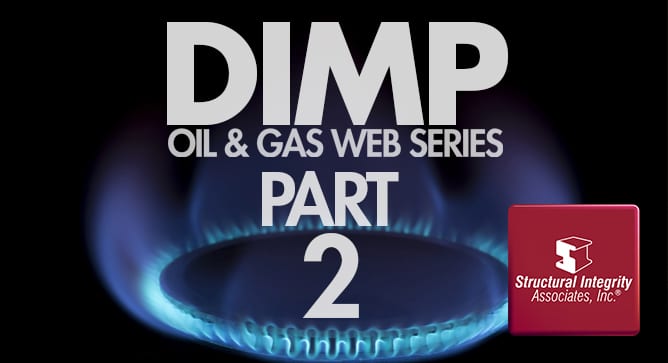
DIMP Series Part 2 | Background of Distribution Pipeline Integrity Management This video reviews the
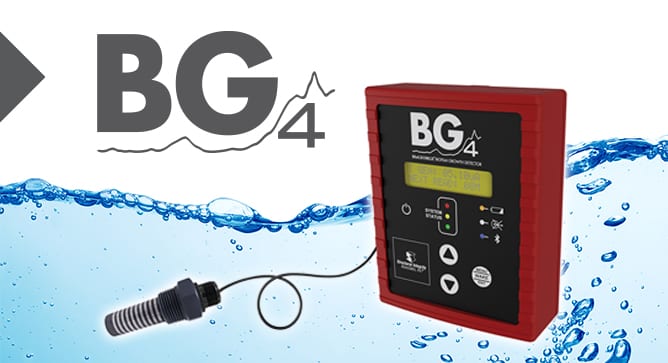
BIoGEORGE BG4 Enhancements – Biofilm Growth Detector | May 2021 Webinar Know Your Water System